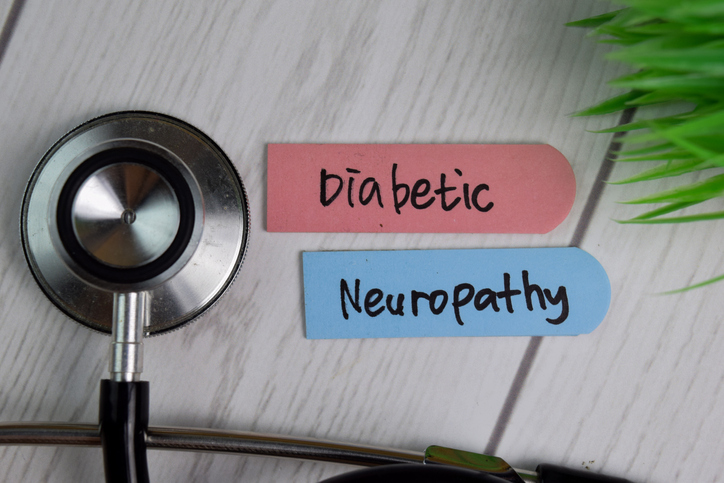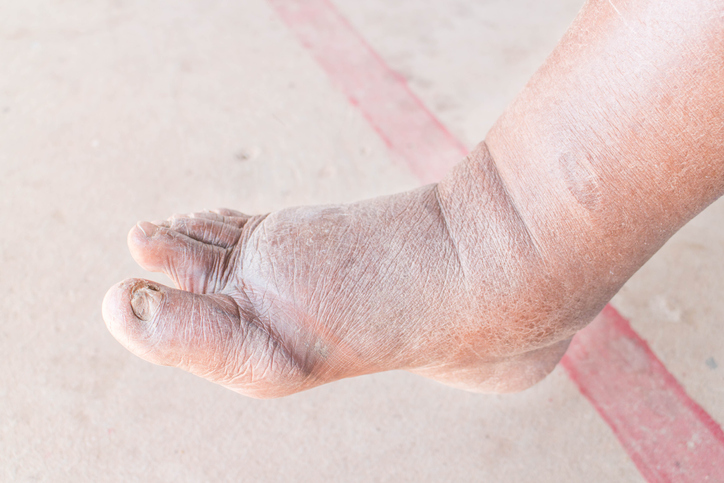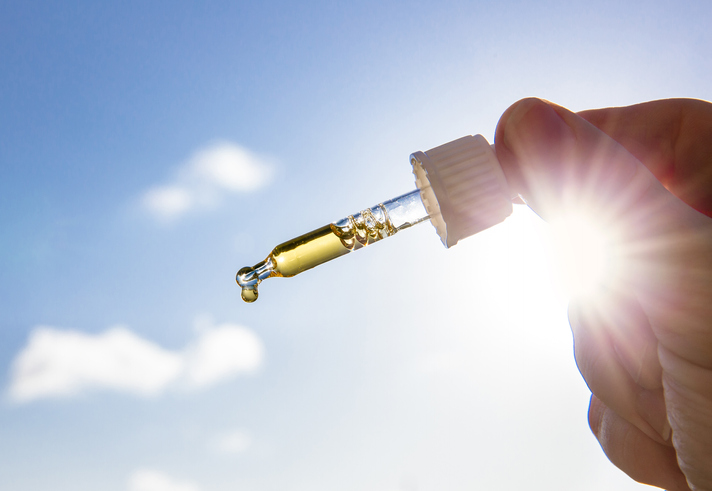Pain
Alternative and Complementary Therapies for Diabetic Neuropathy

Diabetic neuropathy affects approximately 50% of individuals with diabetes. It develops from long-term elevated blood glucose levels that gradually cause nerve damage. Managing type 1 or type 2 diabetes with proper medical care, blood sugar monitoring, and a healthy lifestyle is critical in preventing or slowing the progression of diabetic neuropathy.
Alternative therapies may help reduce pain associated with diabetic neuropathy. This holds especially true when used in conjunction with certain medications. Alternative and complementary therapies for diabetic neuropathy include the following:
Biofeedback
Biofeedback involves the use of specialized technology to monitor certain involuntary bodily functions, such as heart rate and blood pressure. Biofeedback for diabetic neuropathy involves a trained therapist teaching the individual in therapy how to use relaxation techniques and other strategies to control problematic involuntary responses with the goal of reducing neuropathic pain and the risk of diabetic neuropathy complications, such as foot ulcers.
Relaxation & meditation techniques
Relaxation and meditation techniques can help reduce diabetic neuropathy pain. Stress causes pain to increase; therefore, practicing relaxation and breathing techniques not only reduces stress but also reduces pain. These techniques can reduce blood pressure, heart rate, and muscle tension.
- Deep and rhythmic breathing
Deep breathing techniques involve slowly inhaling through the nose while the belly expands and slowly exhaling through the mouth while the belly deflates. Deep breathing is done in a rhythmic manner; examples include 4-7-8 breathing, foursquare breathing, and equal breathing. - Guided imagery
The goal of guided imagery is to create calm and peaceful images in the mind. It is a type of “mental escape” that utilizes all the senses to redirect the individual’s thoughts from pain to peace. - Progressive muscle relaxation
Progressive muscle relaxation involves tensing and relaxing individual sets of muscles. As each group of muscles relaxes, the mind is directed to the relaxing, calm sensations.
Hypnosis
Hypnosis aims to block nerve pain receptors in the brain. A trained therapist can either perform hypnosis or teach self-hypnosis. During hypnosis, attention is focused on an image, blocking the perception of pain. The subconscious mind clutches that image and replays it; this can change the perception of pain.
Acupuncture
Acupuncture is a traditional Chinese medicine practice that involves the insertion of fine needles into the skin at specific locations on the body. Acupuncture releases endorphins (the body’s natural pain relievers), which reduces pain. Only well-trained and experienced acupuncturists should be consulted for this type of treatment.
Transcutaneous electrical nerve stimulation
Transcutaneous electrical nerve stimulation (TENS) involves the use of electrical pulses to flood the nervous system in order to interfere with the transmission of pain signals to the brain. Electrodes are placed on the skin to deliver slight electrical pulses. It is safe and painless; however, it may not work for all pain associated with diabetic neuropathy.


















